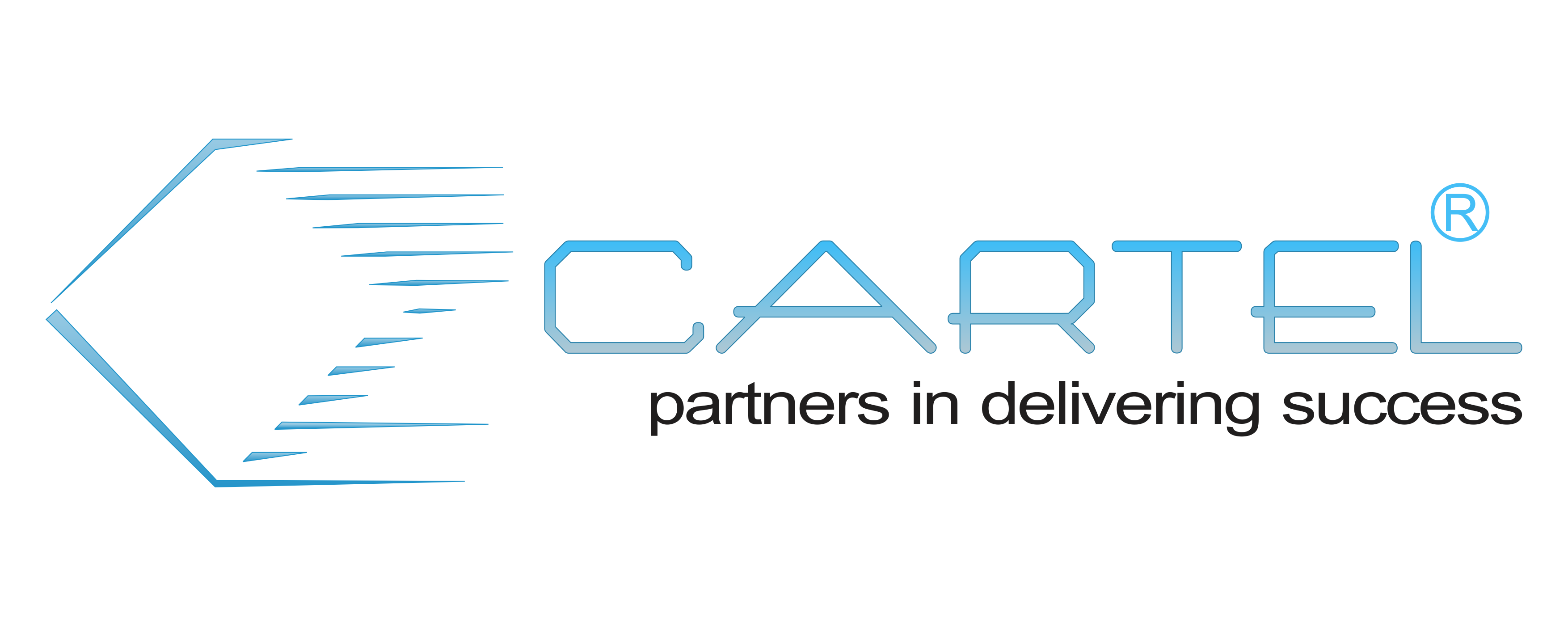Implementing Cisco Service Provider Next Generation Edge Network Services (642-889)
Course Details
1.0 VPN in Service Provider IP NGN Environments
1.1 Describe VPN implementation models (overlay, peer-to-peer)
1.2 Describe VPN technologies (L2TPv3, GRE, IPsec VPN, SSLVPN, DMVPN, GETVPN)
1.3 Describe L2 vs L3 VPNs
2.0 MPLS layer 3 VPNs in Service Provider IP NGN Environments
2.1 Describe MPLS L3 VPN architecture and operations (RDs, RTs, VRFs, MP-BGP, PE-CE
2.2 Describe the design models for combining Internet access with MPLS L3 VPN services
2.3 Describe the various methods used to deploy IPv6 over MPLS (6PE and 6VPE)
2.4 Implement MP-BGP between PE routers on IOS-XR and IOS-XE
2.5 Implement PE-CE routings (static, EIGRP, OSPF, BGP) on IOS-XR and IOS-XE
2.6 Implement complex MPLS layer 3 VPNs on IOS-XR and IOS-XE
2.7 Implement carrier supporting carrier (CSC) on IOS-XR and IOS-XE
2.8 Troubleshoot MPLS L3 VPNs IOS-XR and IOS-XE configuration errors in service provider environments
3.0 Layer 2 VPNs in Service Provider IP NGN Environments
3.1 Describe L2TPv3 VPNs over an IP core network
3.2 Describe L2 VPNs (AToM and VPLS) over an IP/MPLS core network
3.3 Describe AToM Interworking
3.4 Implement AToM on IOS-XR and IOS-XE
4.0 Carrier Ethernet in Service Provider IP NGN Environments
4.1 Describe Carrier Ethernet forums and standards (MEF, IEEE, IETF)
4.2 Describe the concepts of User PE (U-PE) and Network PE (N-PE)
4.3 Describe E-Line versus E-LAN versus E-Tree
4.4 Describe QinQ tunneling
4.5 Describe Provider Backbone Bridge (PBB – aka MAC-in-MAC)
4.6 Describe VPWS versus VPLS
4.7 Describe VPLS versus H-VPLS
4.8 Describe VPLS signaling using LDP or BGP
4.9 Implement QinQ on Cisco ME 3400 Series Switches
4.10 Implement VPLS on IOS-XR and IOS-XE
